The Series One Range Rover – Five things you need to know
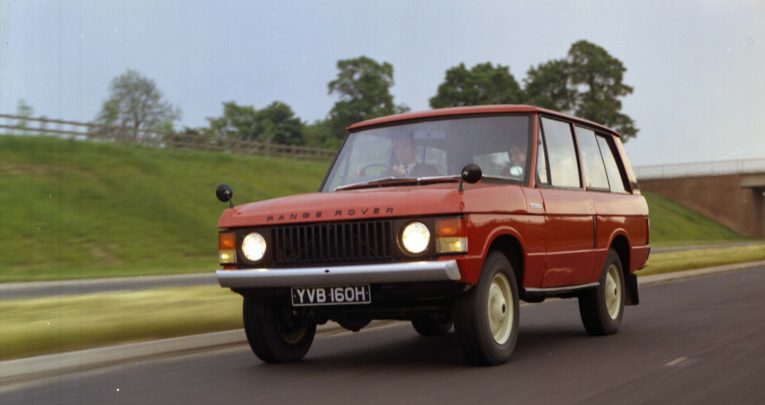
Do you have an itch for a usable, practical classic that’s just as happy green-laning as it is nipping to the supermarket for a nice bottle of Cabernet Sauvignon? If so then the Series One Range Rover three-door could be just the ticket, but before scratching there are five things you should know…
Nowadays the name Range Rover (the luxury model from Land Rover) conjures up images of over paid footballers and unnecessary traffic jams outside middle-class schools but before the Series One was launched, off-roaders were still just that; vehicles for travelling off the road. What came next evoked the entire luxury 4X4 movement, eventually surpassing itself and going on to become not only a hero of the motoring world but also a true style icon in its own right. Renamed the Range Rover Classic when the second generation P38A hit the streets in 1994 the Series One is an extremely capable, if somewhat utilitarian affair and it seems pretty stripped back by modern standards but that’s half the charm of these boxy beauties and the earlier the model the greater the clamour, generally speaking.
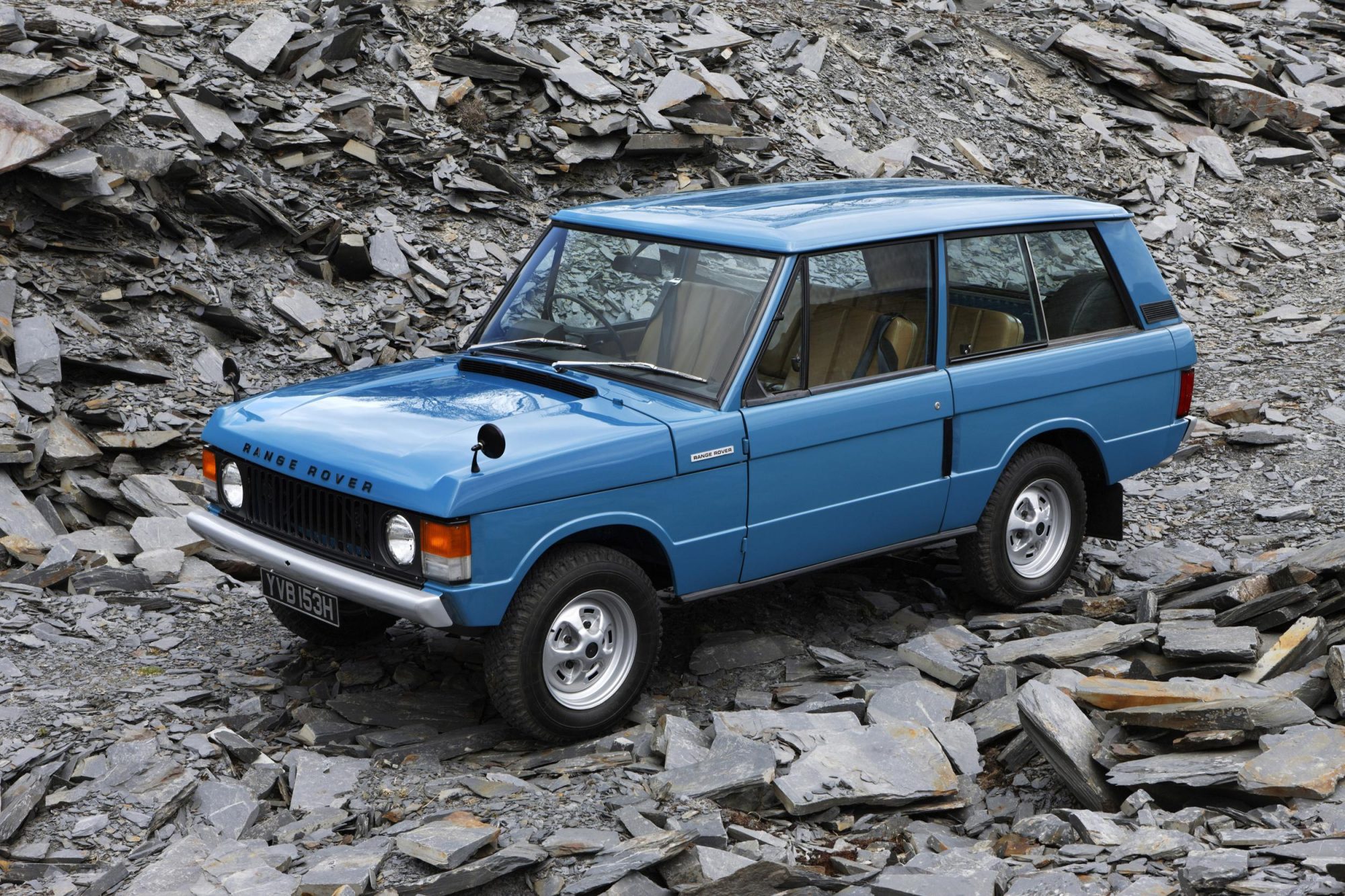
It was the first crop of vehicles to carry the Range Rover moniker and was Rover’s attempt at mimicking the American SUV – an accomplished four wheel drive vehicle which also provided a degree of comfort and performance for every day, on-road use. Designed in part by David Bache and Spearheaded by Charles Spencer King the “car for all reasons” was launched in 1970 with the ubiquitous 3.5-litre Rover V8 producing 135bhp. These early variants generally command the highest prices but are a little agricultural when it comes to day-to-day travel. If you prefer a more refined driving experience then the later, post ’83 models will be more suitable as they were equipped with power steering and a smoother five-speed gearbox as well as being 20mm lower which helps dampen the notorious body roll that the earlier models suffered from. Whichever variant you decide to go for however, there are five things you need to know.
1) Body and Chassis
Early Range Rovers were very different to today’s mollycoddled 4X4s (generally speaking) and as such, they are more likely to have been used and abused in all weathers and on all road surfaces. As robust as they are rust is still your main concern here, especially with regard to the chassis and there is a lot of potential for corrosion. You’re going to need to get on your hands and knees as the main problem areas to inspect include the cross members, sills and rear body mounts. While you’re probing underneath make sure to check for any chassis damage – these are proper off-road vehicles and chances are they’ve seen some serious action so have a good look around for any major dents or deformities. Some form of repair work is pretty much guaranteed on these old Range Rovers which isn’t necessarily a problem as long as the work has been carried out properly and not merely bodged together.
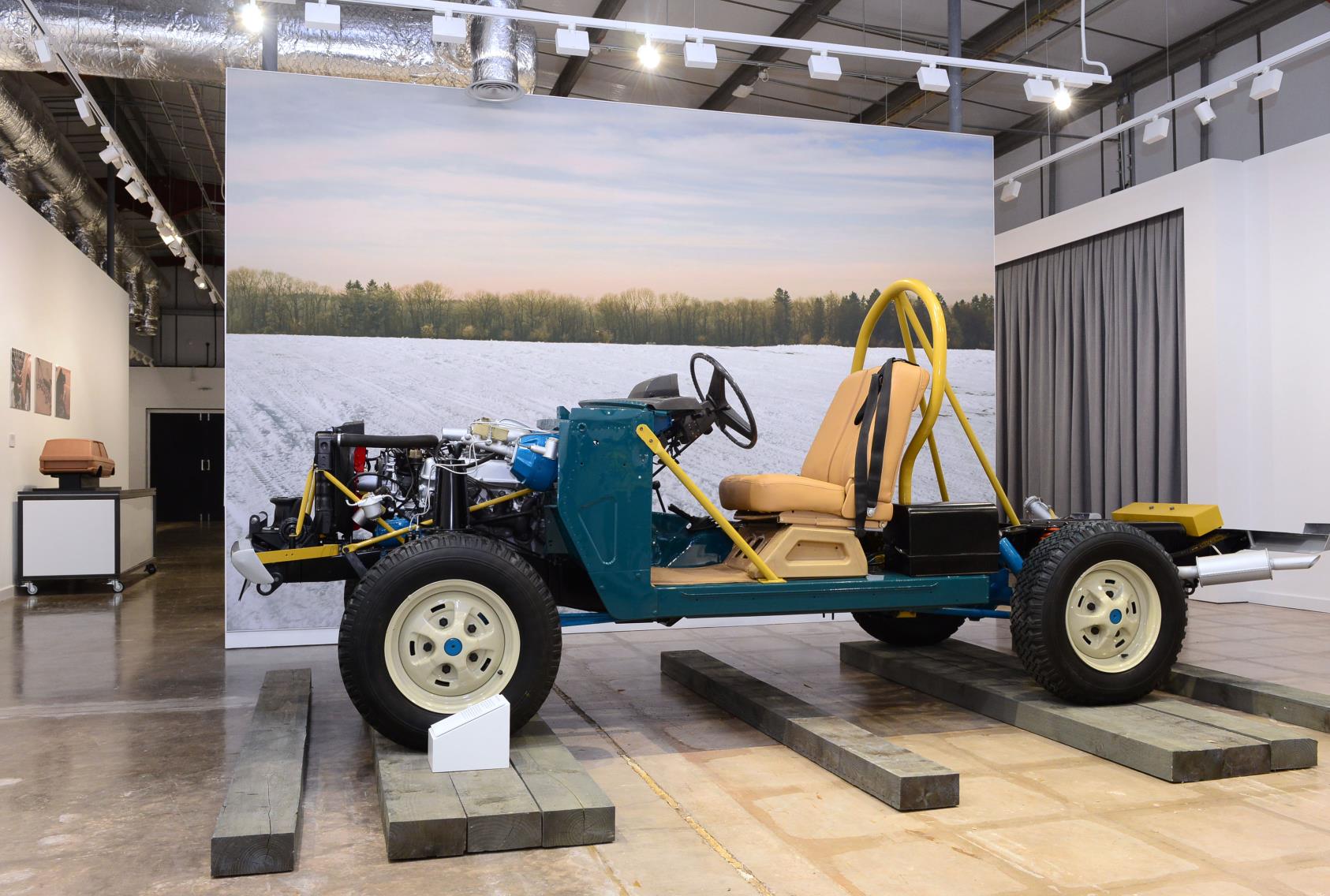
When it comes to the bodywork most panels are available as replacements with the shell being relatively easy to repair and although the body itself is aluminium and therefore corrosion resistant there are still areas you’ll need to examine. The rear tailgate is notorious for rot so give this a thorough inspection and check under the carpets and in the boot as well to make sure the floors are in good shape. Wheel arch spray has a lot to answer for and this can cause rust to take hold and spread. Scrutinise panel gaps for uniformity and check for any movement in the A-pillars by lifting the doors as shells could have been weakened by accident damage.
2) Trim
Inside a Series One is a functional and pragmatic affair with its simple plastic dash and controls but they do have their charm and are easy to maintain. Earlier cars have a somewhat spartan interior and some suffer from less than stellar build quality while later variants are a little more civilised as they benefited from higher quality carpets and upholstery as well as other interior accoutrements such as additional interior lights, headrests, tinted glass and inertia reel seatbelts. It all depends on what level of comfort (or lack of) you are willing to live with.
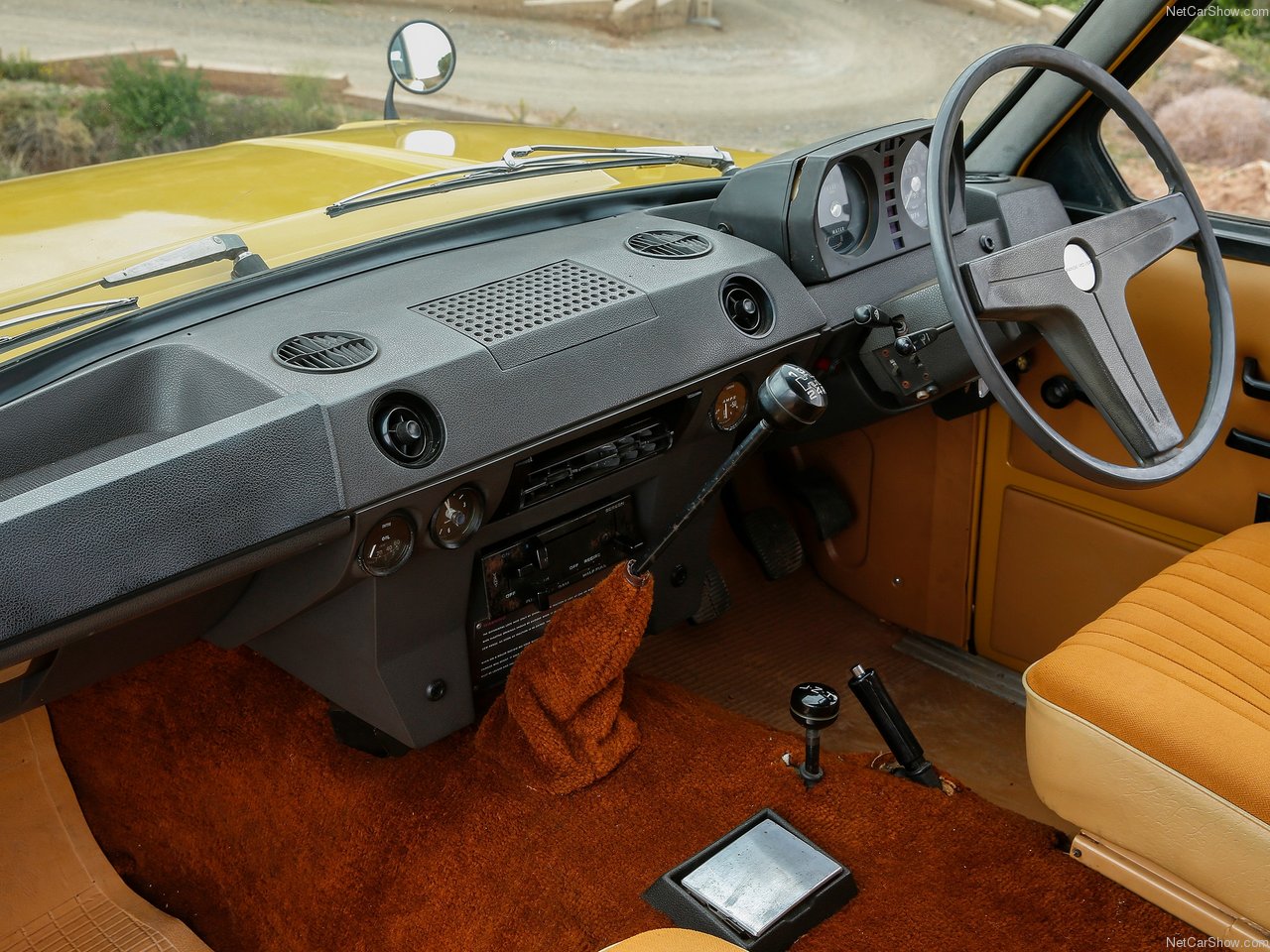
None of the trim is particularly hardy though and headlinings tend to sag. Look out for scratches, rips and tears; all signs of a hard life probably spent on farms. With dogs. Most interior repairs can be done at home though and there are numerous companies such as John Craddock Ltd that can supply myriad trim fittings although some original parts are now becoming scarce. The electrics (albeit characteristically flaky British Leyland) are a simple affair so you should be able to diagnose most faults yourself armed with a simple voltmeter.
3) Engine
The all-aluminium Rover V8, whether in 3.5 or 3.9-litre guises is pretty much bomb-proof although rather thirsty. It’s an OHV pushrod engine with two valves per cylinder, has bags of torque with a smooth power delivery and it’s a perfect fit for the Range Rover. Carburettors were fitted until 1985 when fuel injection took over seeing an increase in performance and economy, but they are not as simple to work on.
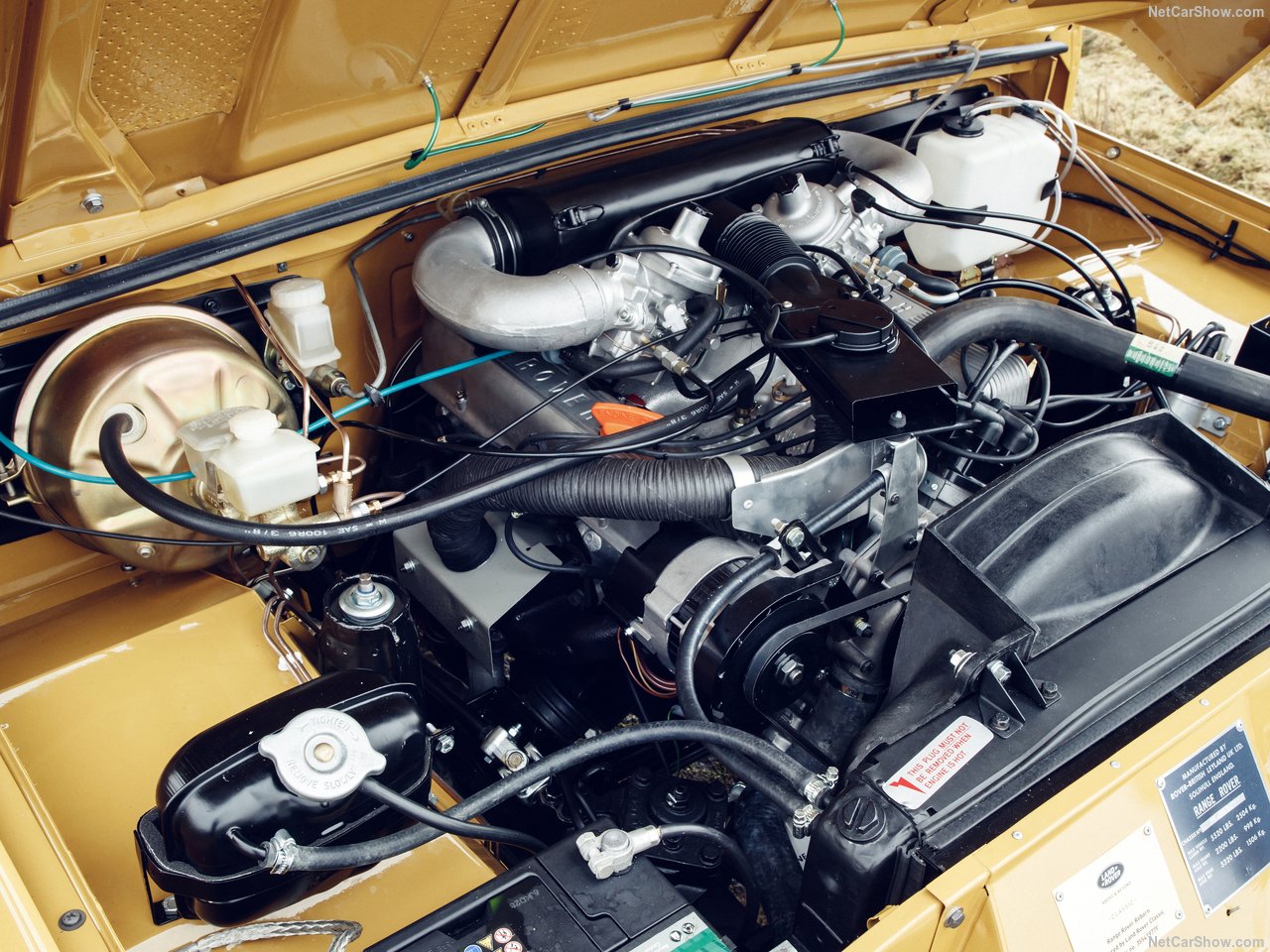
These engines are good for well over 200,000 miles if properly maintained but worn camshafts, head gaskets and timing chains are among some common issues that can befall the motor. Check the exhaust for smoke; black is over-fuelling, blue is an indicator of worn bores and white means head gasket issues as water is making its way into the combustion chamber. Inspect the oil too. If the dipstick is gummed up, then it means the oil hasn’t been regularly replaced. Because so many of these engines were built and made their way into so many different vehicles parts are easy to come by and a rebuild is far from rocket science. There is an incredible amount of expertise on hand when it comes to the Rover V8 and companies such as V8 Developments and RPI Engineering can help should you require assistance so keeping your Series One running is a doddle. Failing that you could just buy a secondhand replacement. Even though the engine is over fifty years old now developments are still being made so the only real limit here is your imagination. Or perhaps your wallet….
4) Suspension and steering
Although quintessentially a 4X4 the Range Rover Series One still handles incredibly well. A simple setup of beam axles combined with coil springs and dampers all round offers a nice ride as well as easy maintenance but as mentioned previously excessive body roll when cornering is an issue mainly thanks to a lack of anti-roll bars which were not introduced on all models until the early nineties. Due to the nature of the vehicle, the suspension can take a bit of a battering so check for worn bushes, ball joints and dampers – symptoms will present themselves in the form of vague handling. Replacing all bushes with polyurethane items is a sensible and worthwhile upgrade. Standard springs can also suffer from sag, but they are easily and cheaply replaced.
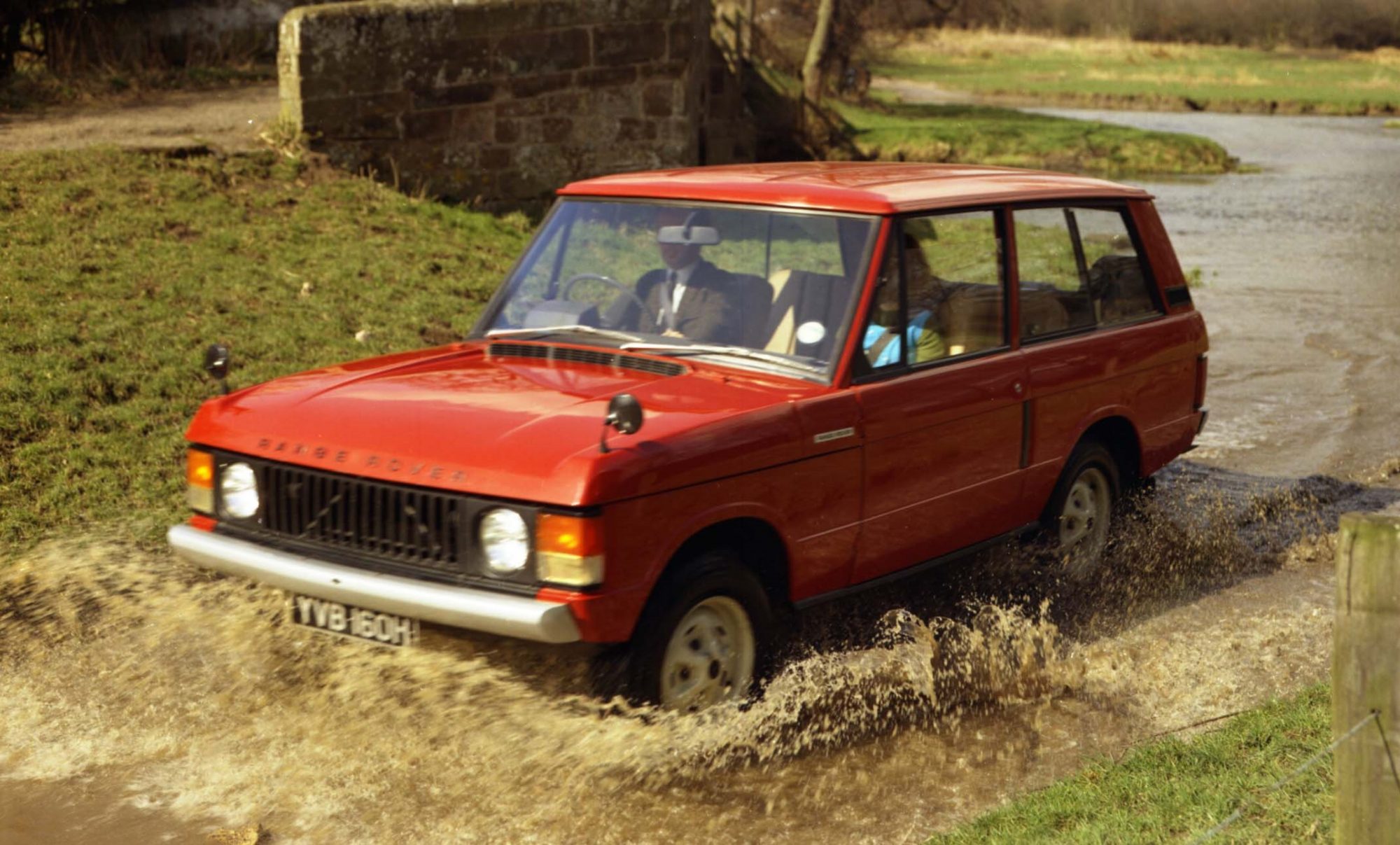
Steering wise power assistance wasn’t introduced until 1973 and didn’t become standard equipment until 1980. Parts can deteriorate over time so check for fluid leaks and worn pipework. Steering should still be direct on non-power assisted cars so problems here with excessive play could mean a worn steering box. A small amount of movement is quite normal however and is nothing to worry about.
5) Brakes
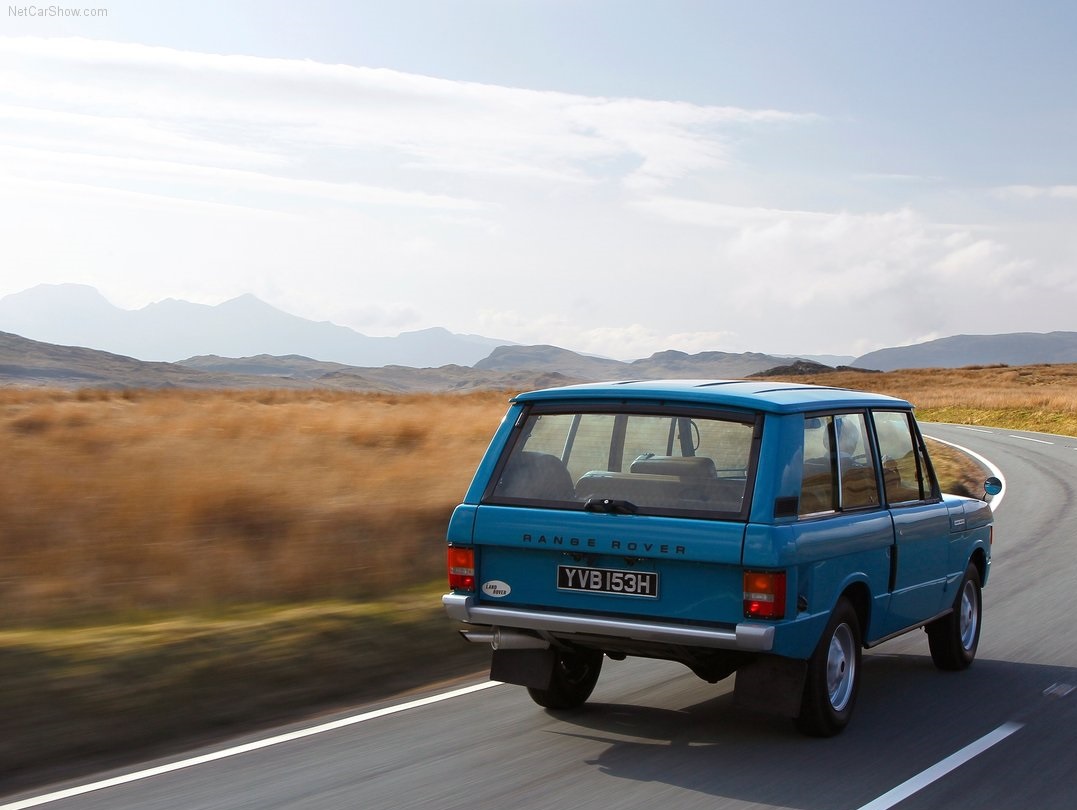
Again, the braking system is a fairly uncomplicated affair and the Series One comes with discs on all four corners. They tend to be rather hardy and do an excellent job of stopping the car effectively if well maintained. Parts are easy to come by and most work is doable for the home mechanic with basic tools. There are some standard things to look out for and a lot of it comes down to pedal feel. Some sponginess could mean a problem with the master cylinder, i.e. worn or leaking seals whilst a pulsating feeling in the pedal could be indicative of warped discs. Brake lines are also worth checking for corrosion and kinks. Installing braided hoses will improve pedal feel and a complete bleed of the system with new fluid is never a bad thing.


